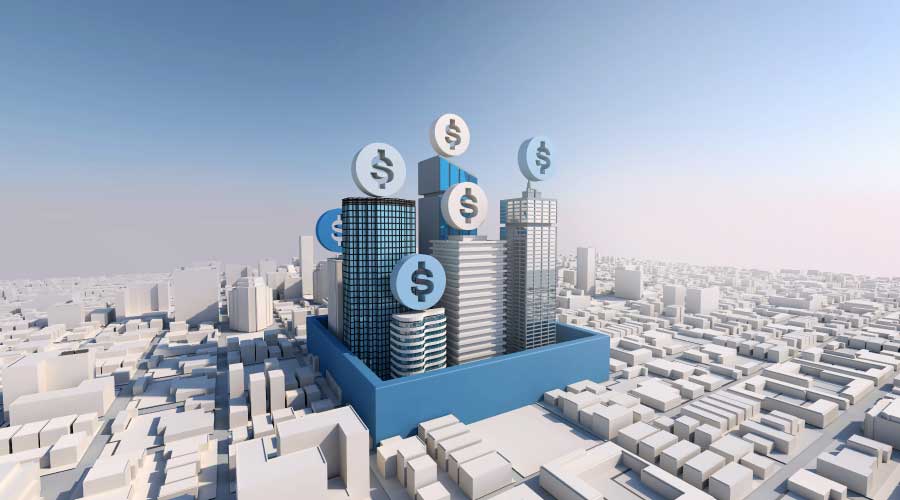Making Demand-Response Work
Many loads that seem essential may be reduced briefly. A building’s own thermal inertia may mitigate the impact of (for example) raising chilled water temperature. Here are some other practical tips to get the most out of a demand-response program:
- Reduce or shut off non-essential lighting (e.g., corridors having windows, lobby, atrium)
- E-mail occupants asking them to turn off non-essential plug loads such as coffee makers
- When acceptable, minimize outside air intake
- Reduce number of running elevators
- Sequence speed reductions of fans running on VSDs
- Shut off electric reheat coils, raise cooling discharge temperatures
- Allow summer room temperature to briefly float a degree or two higher
- Cycle electric dehumidifiers, or allow humidity to briefly rise
- Cycle or sequence electric hot water heaters/boilers
- Shift process loads to off-peak. For example, charging of electric carts
- If available, switch to a non-electric chiller
- If allowed, run on-site generation.
Important: Before deploying any of these options, test it in advance to verify acceptability.
Lindsay Audin is president of EnergyWiz, an energy consulting firm based in Croton, N.Y. He is a contributing editor for Building Operating Management.
Related Topics:

















